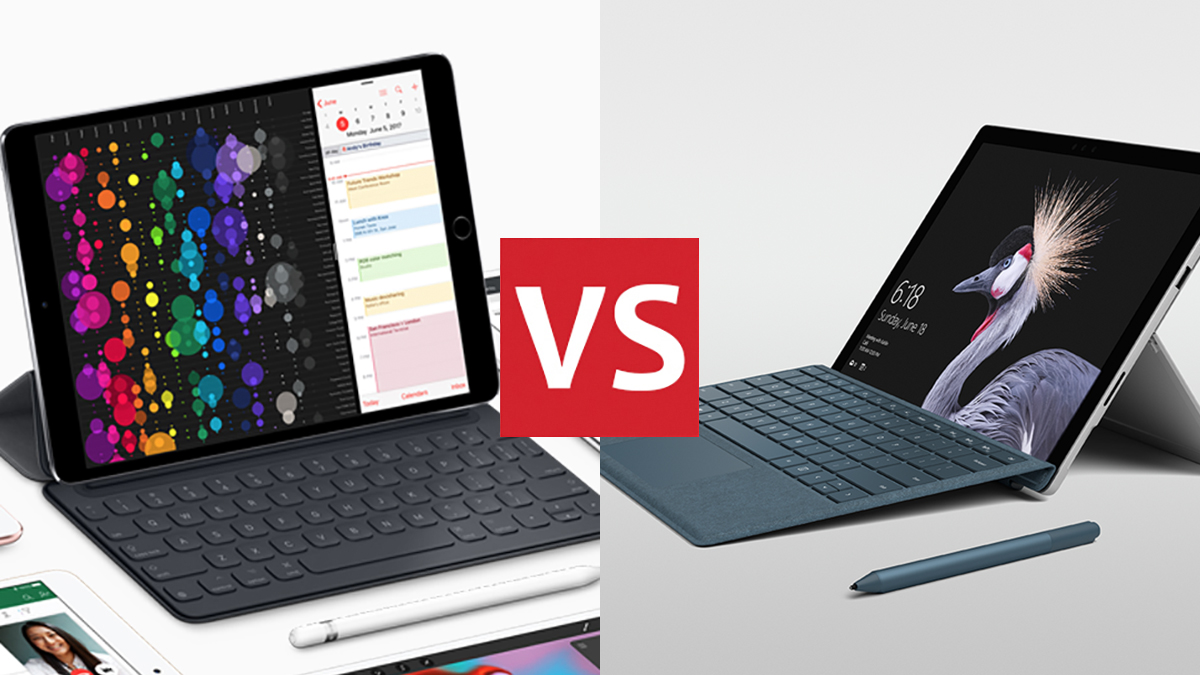

Want to get some serious work done, but also want the flexibility of a tablet device when you need it? Well, friend, you've got two competing products from Apple and Microsoft to add to your shortlist: the iPad Pro and the Surface Pro. So how do they both match up?
Here we'll compare the two devices head-to-head in all the key categories – the looks, the screen, the internal specs. Whether you've got your eyes on a purchase or you just want to know how these two slates compare, we've got all the information to need to weigh up.
- These are the very best deals you can get on iPads right now
- Check out every Surface computer Microsoft currently sells
iPad Pro vs Surface Pro: design

The Surface Pro
Hats off to the engineering departments at both Microsoft and Apple, because these are two sleek-looking bits of gadgetry. We like the style of both these tablets, but the iPad Pro just wins in terms of its tablet-ness – it's more compact than the Surface Pro.
We've actually got a couple of iPad Pros to consider – the 12.9-inch, 2732 x 2048 pixel resolution one, and the 10.5-inch, 2224 x 1668 pixel resolution one. Both feature Touch ID-enabled home buttons beneath the screen, and have yet to adopt the bezel-free look of the iPhone X. Next time maybe?
Over on the Microsoft side of the fence, while older Surface Pros remain on sale, we'll concentrate on the current one, released in 2017. It has a 12.3-inch, 2736 x 1824 pixel resolution display – as you can see, that's a squarer 3:2 aspect ratio rather than the 4:3 one used by the two iPad Pros.
Having more ports crammed in around the sides of the Surface Pro does hurt its aesthetics just a little bit, so overall we'd give this round to the iPad Pro, but not by much. Both these gadget lines have had several years to mature now, and it shows in the polish of the hardware design.
iPad Pro vs Surface Pro: specs
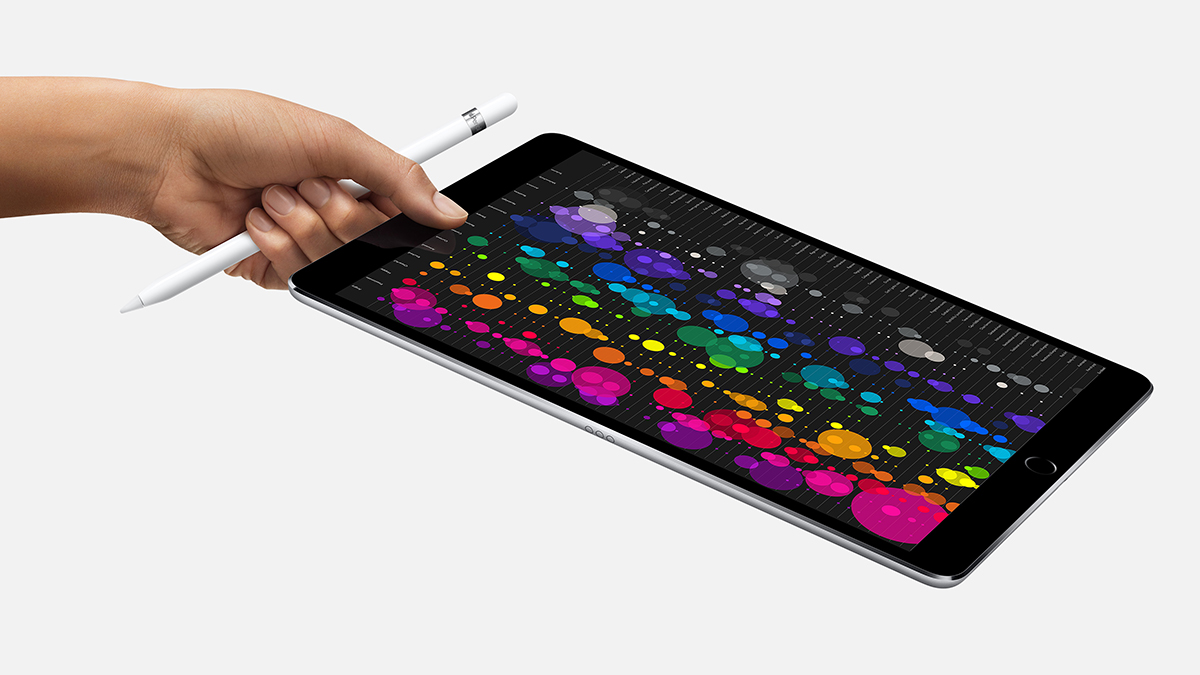
The iPad Pro
With Apple and Microsoft using different architectures for their devices, bear in mind that a head-to-head comparison of specs doesn't tell you everything about the performance of these two tablets – plenty of other factors are involved, including internal hardware and software optimisations.
Sign up to the T3 newsletter for smarter living straight to your inbox
Get all the latest news, reviews, deals and buying guides on gorgeous tech, home and active products from the T3 experts
For what it's worth though, the iPad Pro (in both 12.9-inch and 10.5-inch form) features an super-speedy A10X Fusion chipset from Apple and 4GB of RAM. That's combined with 64GB, 256GB or 512GB of storage, in either Wi-Fi and cellular or Wi-Fi-only options.
You can get the Surface Pro in a few more different configurations: Intel Core m3, Core i5 and Core i7 processors are on offer, together with 4GB, 8GB or 16GB of RAM. The storage options are 128GB, 256GB, 512GB or 1TB, and again a cellular version is available.
Trying to say which is faster than the other is almost impossible. Remember the iPad Pro runs a mobile (i.e. a more lightweight) operating system, whereas the Surface Pro has to be able to cope with everything Windows can throw at it – you can see that in the higher RAM and storage options. Suffice to say that both these devices are very nippy indeed, though in the case of the Surface Pro it partially depends on which configuration you go for.
iPad Pro vs Surface Pro: features
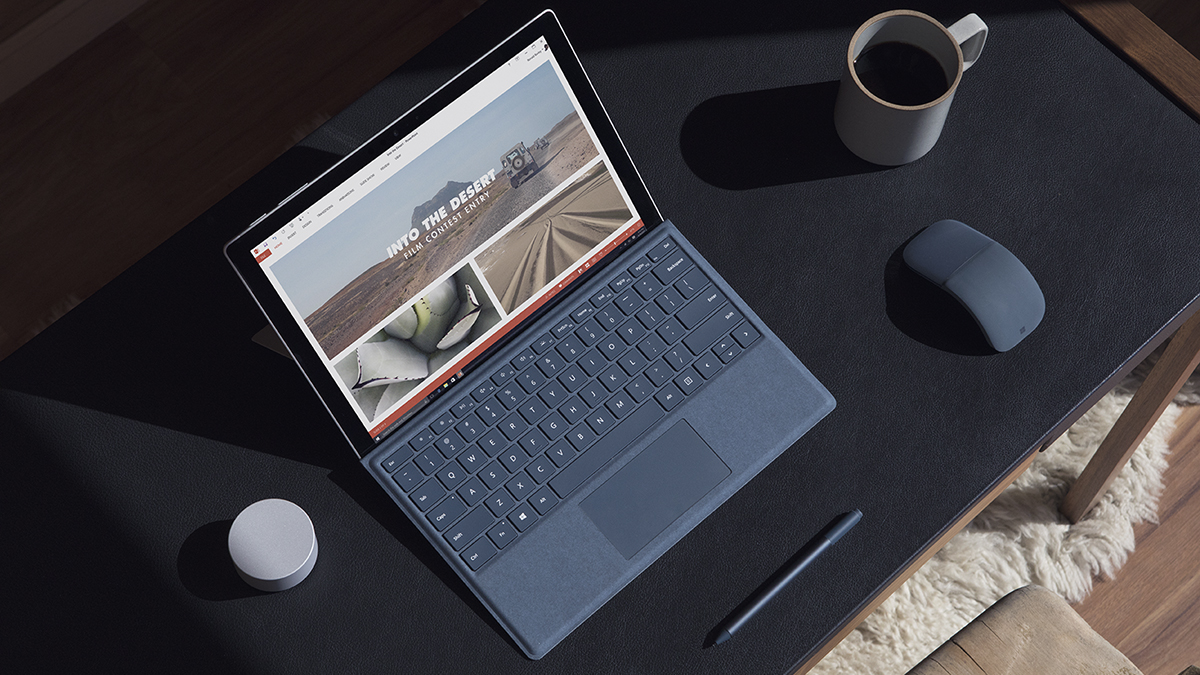
The Surface Pro
Besides the design and the specs, we've got a ton of other features to mention to, which could help you pick between these two devices. A crucial one is iOS versus Windows 10 – which platform has the apps and tools you're going to need? Bear in mind that as far as web browsing goes, the Surface Pro will show the full desktop experience whereas the iPad Pro will display mobile-optimised versions of webpages.
You probably have your favourite OS already, but there's more to consider – both these tablets are compatible with their own official styluses (not included) and their own official smart keyboards (not included). The Surface Pro also works with Microsoft's rather funky Surface Dial, a puck-shaped tool for creatives.
Both these devices have front and rear cameras, for photos and movies and selfies, but the rear camera on the iPad Pro offers 4K video recording (a 12MP lens) while the Surface Pro settles for 1080p video (a 8MP lens). The iPad Pro has four speakers to the Surface Pro's two, a conventional 3.5mm headphone jack can be found on the iPad Pro and the Surface Pro as well.
Then there's battery life: the iPad Pro is good for 10 hours of watching video, Apple says, whereas Microsoft quotes 13.5 hours of video playback as the battery life of the Surface Pro. You can probably take those official figures with a little pinch of salt – it'll depend on a lot of factors, like screen brightness – but both devices should see you comfortably through a day of use.
iPad Pro vs Surface Pro: price and verdict
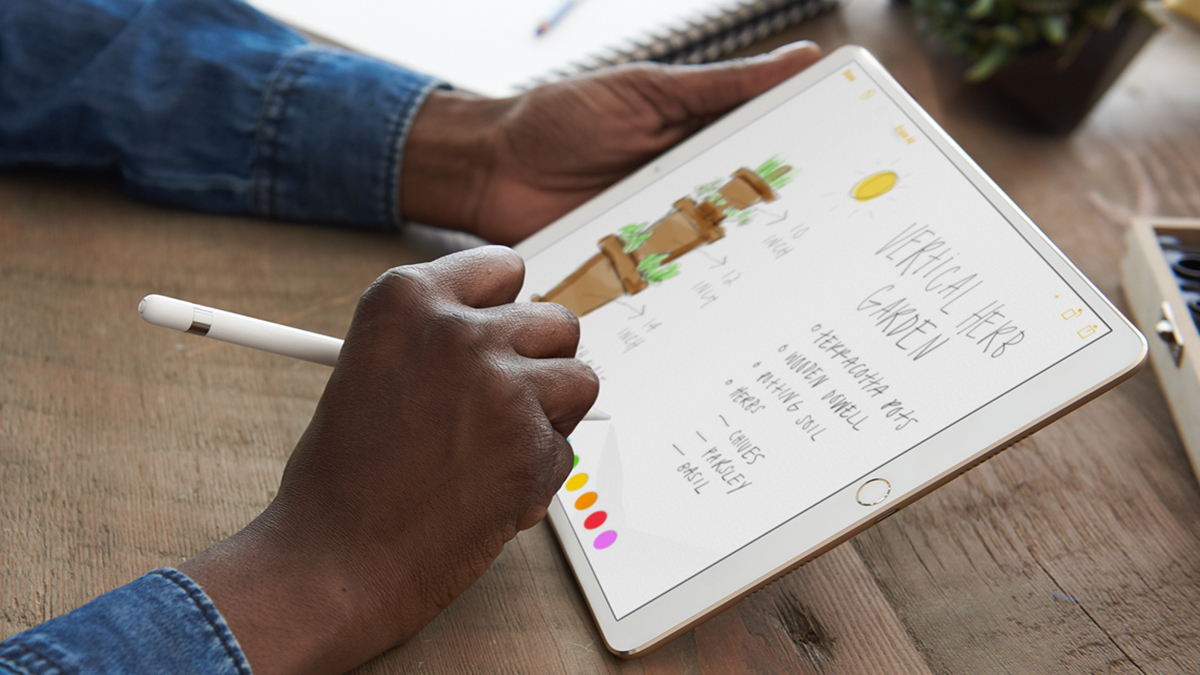
The iPad Pro
With a lot of different configuration options available on both the Surface Pro and the iPad Pro, the amount you're going to have to pay can vary significantly. Direct from Apple, the lowest-spec 10.5-inch iPad Pro costs £619/$649, whereas the highest-spec 12.9-inch model costs £1,249/$1,279. For the Surface Pro, the cost ranges from £799/$799 to £2,699/$2,699 direct from Microsoft.
Microsoft's tablet, then, is a more expensive – but then it's also got a full desktop operating system on it too. If you want to run desktop programs like Photoshop and iTunes, and need a desktop web browsing experience, and are comfortable with Windows, then it's the option you're probably going to want to opt for.
The iPad Pro has plenty going for it too: that Apple design polish, its slickness and speed, and the gorgeous screen that can ramp up to a 120Hz refresh rate and adjust colours to match the ambient lighting. If iOS apps are capable enough to supply everything you need, and you want something that works better as an actual tablet without a keyboard attached, then you might well prefer the iPad Pro.
You could also use them together and get the best of both worlds, though that'll probably stretch beyond the kind of budget you've got. Hard as it might be to make a decision between these two devices, the good news is they're both top-quality bits of kit that won't let you down, whichever one you go for.
Dave has over 20 years' experience in the tech journalism industry, covering hardware and software across mobile, computing, smart home, home entertainment, wearables, gaming and the web – you can find his writing online, in print, and even in the occasional scientific paper, across major tech titles like T3, TechRadar, Gizmodo and Wired. Outside of work, he enjoys long walks in the countryside, skiing down mountains, watching football matches (as long as his team is winning) and keeping up with the latest movies.
-
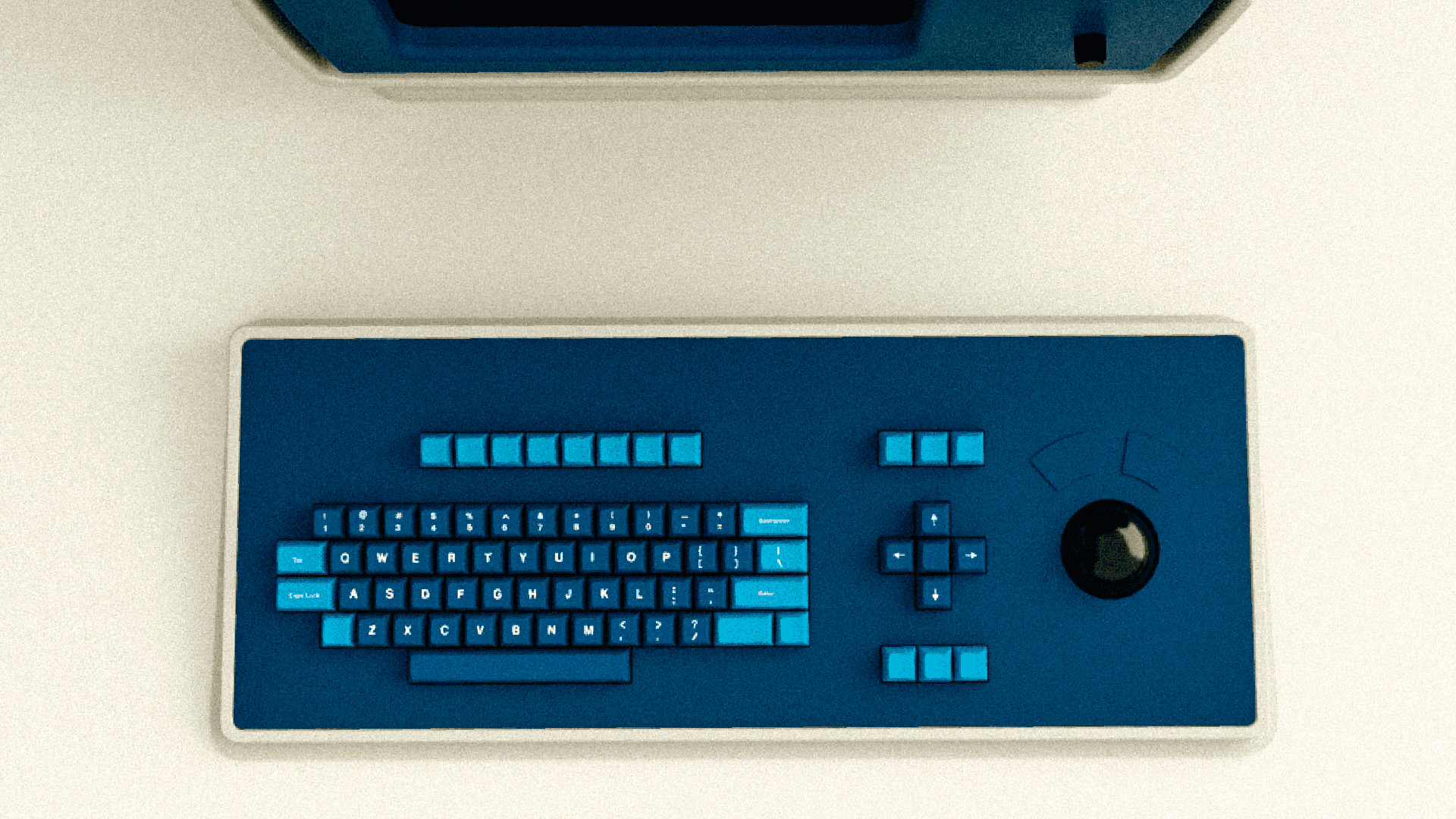 Apple's Severance computer may have been a joke, but the keyboard is coming for real
Apple's Severance computer may have been a joke, but the keyboard is coming for realTell us where we can sign up!
By Britta O'Boyle
-
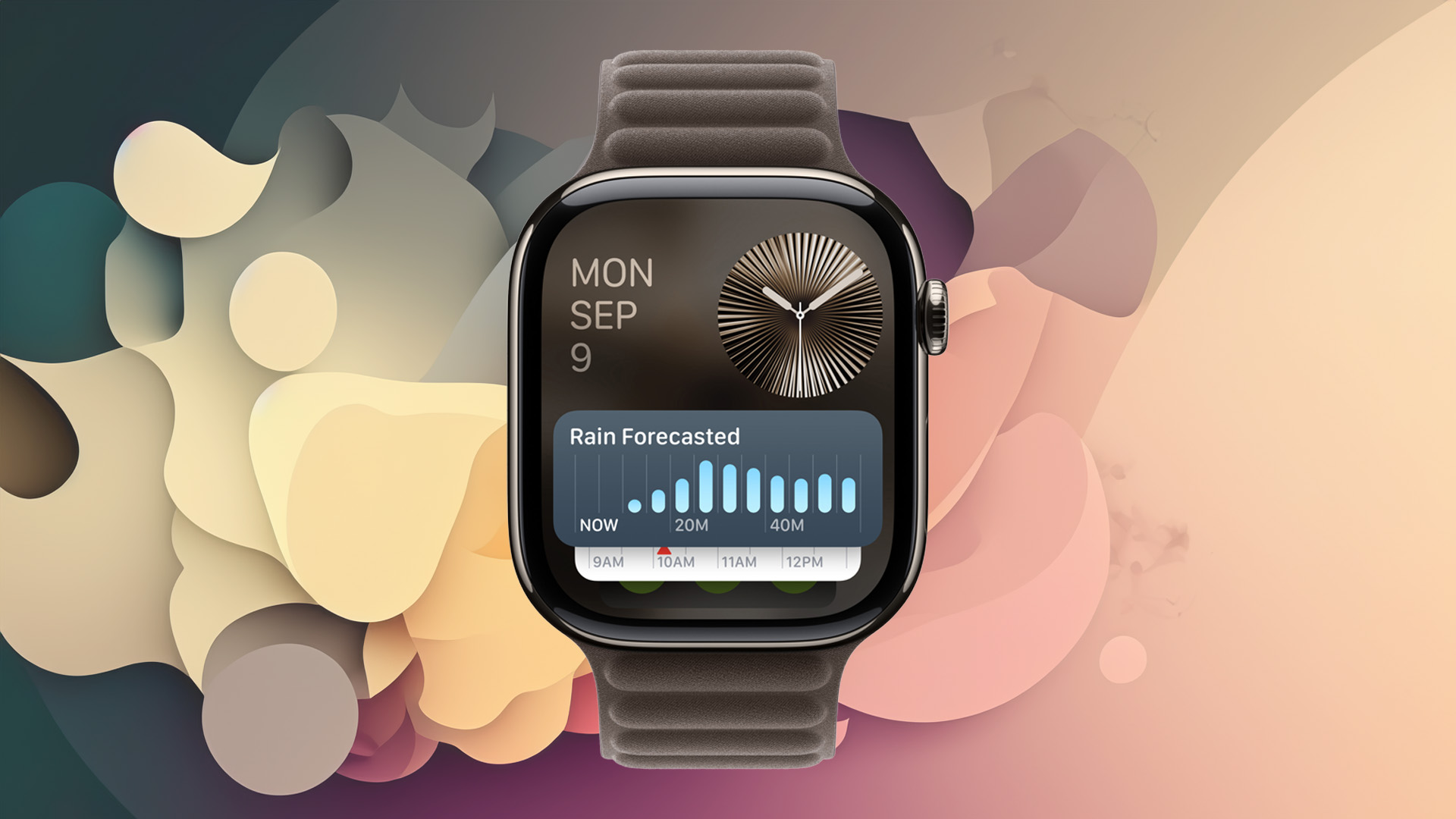 Apple Watch is set to get Apple Intelligence this year, but only with a little help from a friend
Apple Watch is set to get Apple Intelligence this year, but only with a little help from a friendBring on watchOS 12
By Britta O'Boyle
-
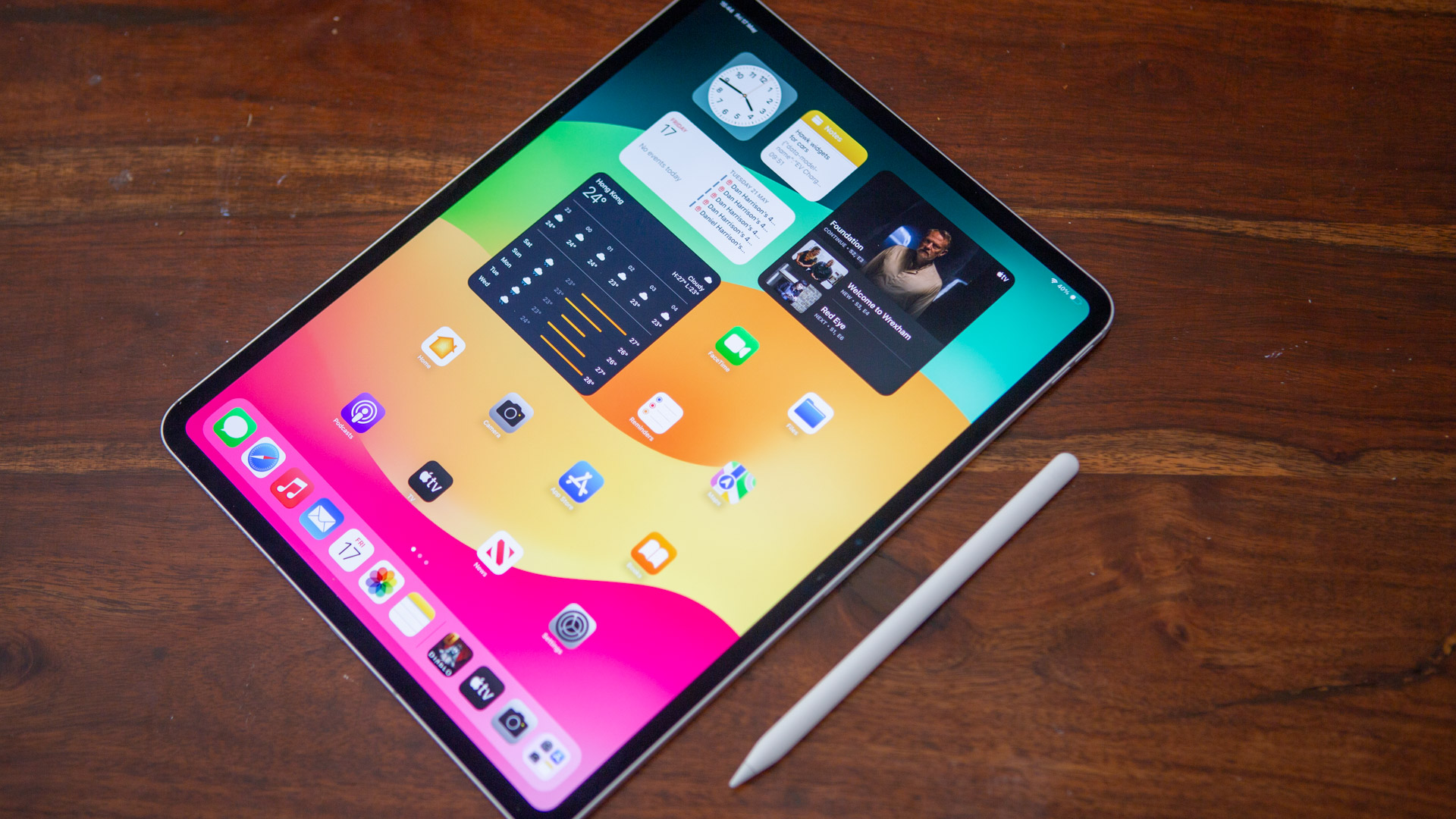 iPad reportedly getting major makeover and your current model could benefit too
iPad reportedly getting major makeover and your current model could benefit tooApple is said to be making a change that iPad power users have been wanting for years
By Carrie Marshall
-
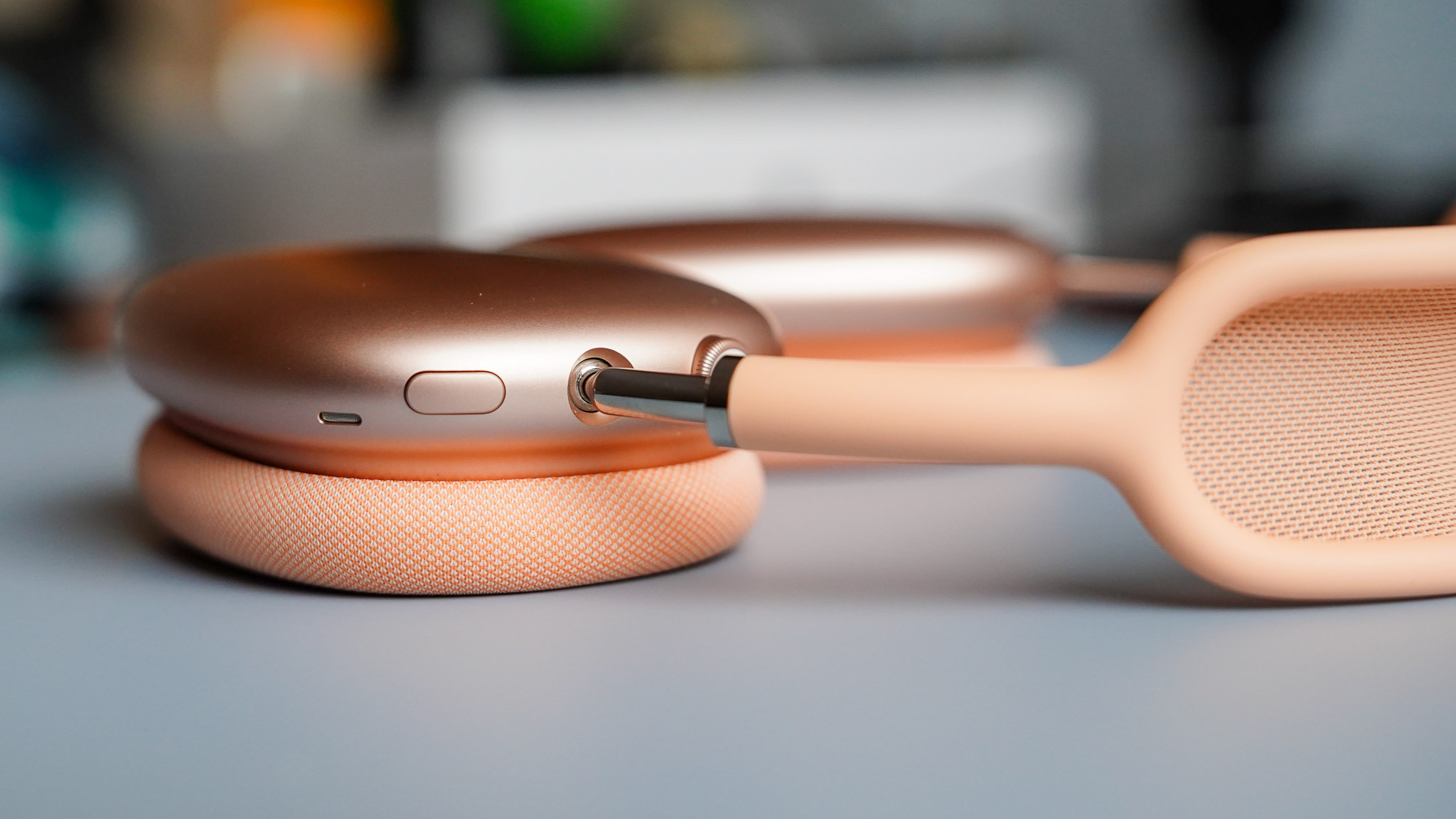 AirPods Max finally get the great free upgrade Apple promised
AirPods Max finally get the great free upgrade Apple promisedHere's how to make sure your headphones are running the right firmware
By Britta O'Boyle
-
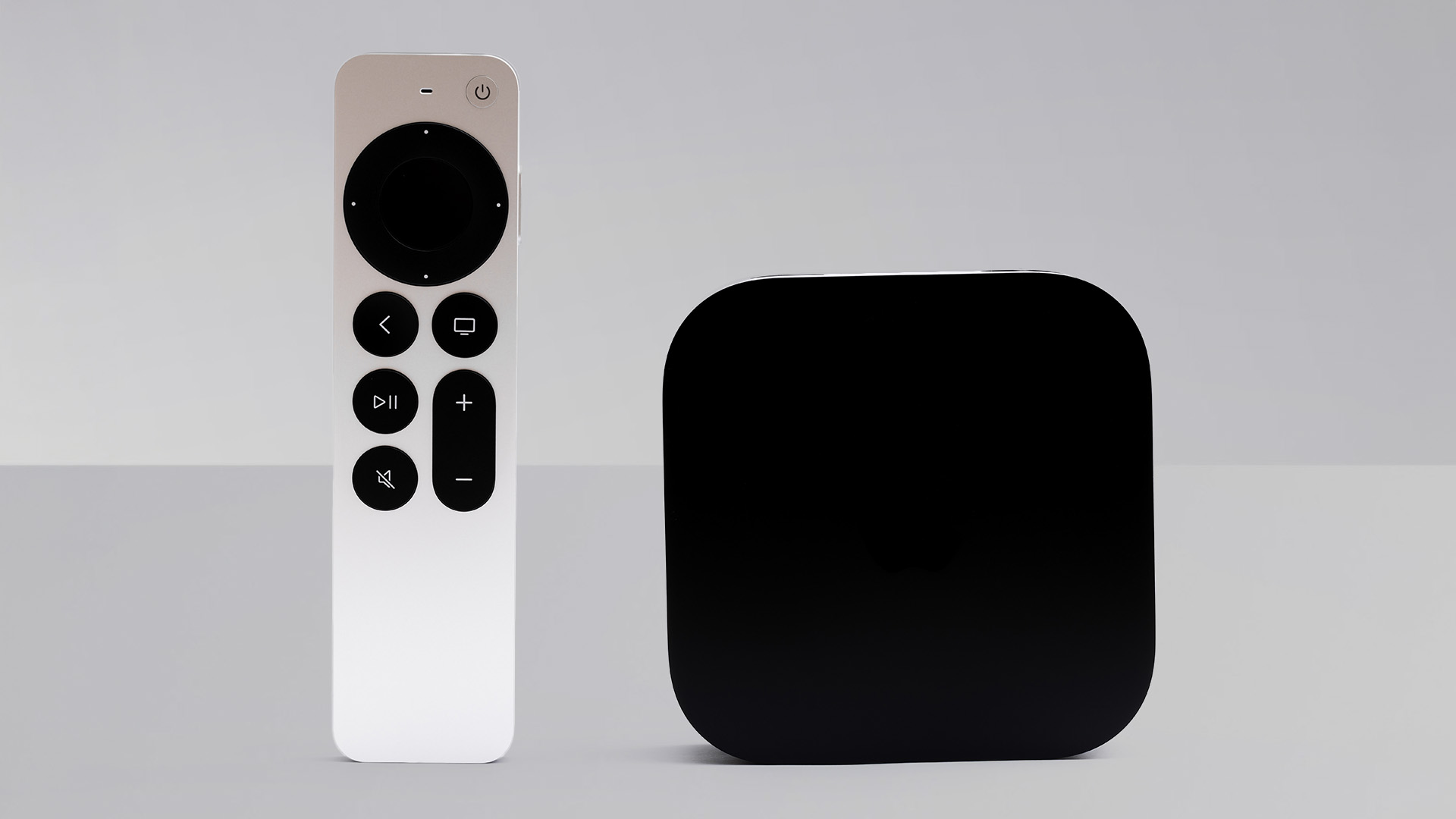 Apple TV gets a free update that makes it more simple to use
Apple TV gets a free update that makes it more simple to useApple has released tvOS 18.4 with a few design tweaks for its TV boxes
By Rik Henderson
-
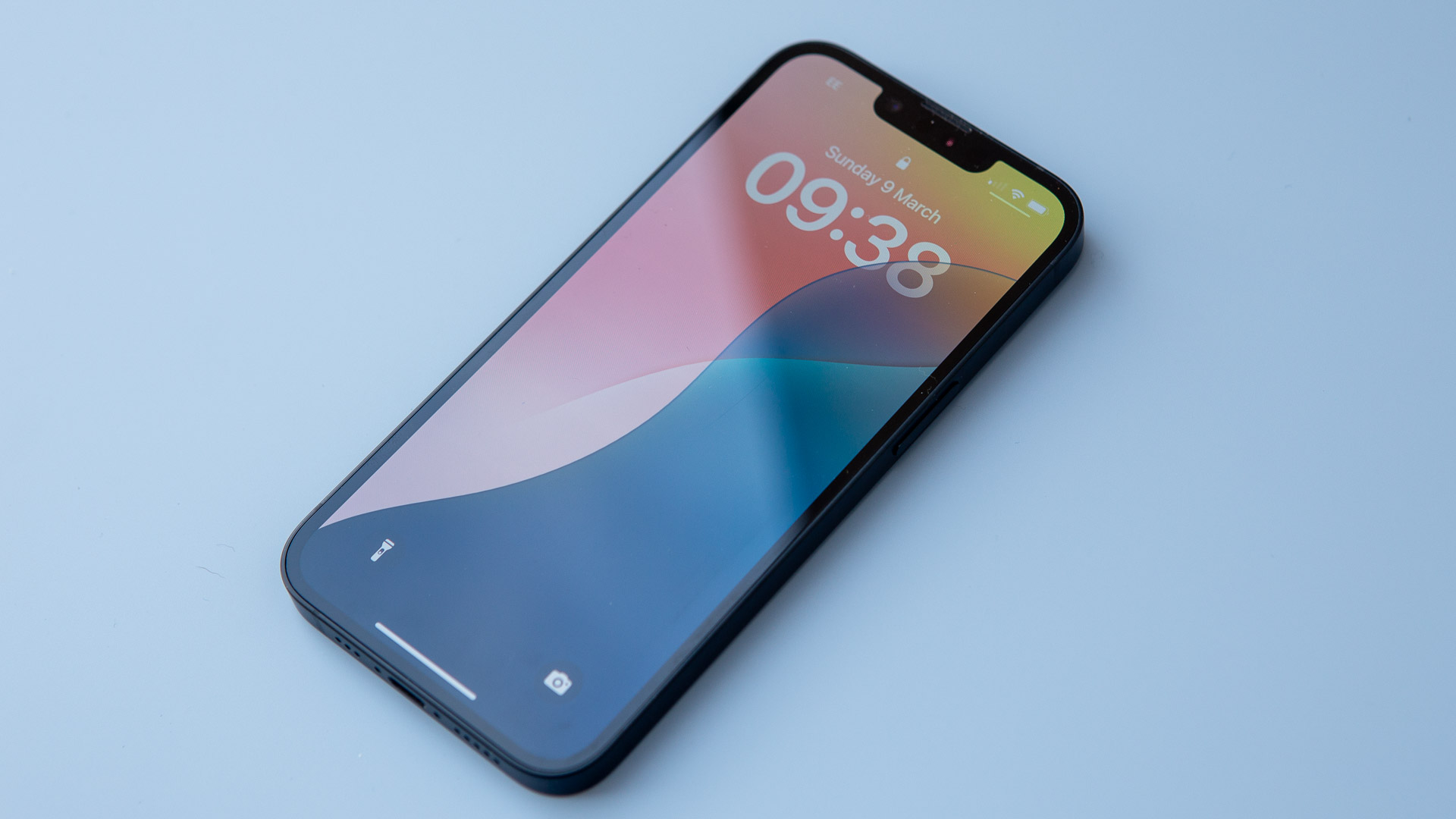 Your iPhone gets some new tricks - here’s what it can do now
Your iPhone gets some new tricks - here’s what it can do nowThe new emojis and priority notifications are probably our favourite
By Britta O'Boyle
-
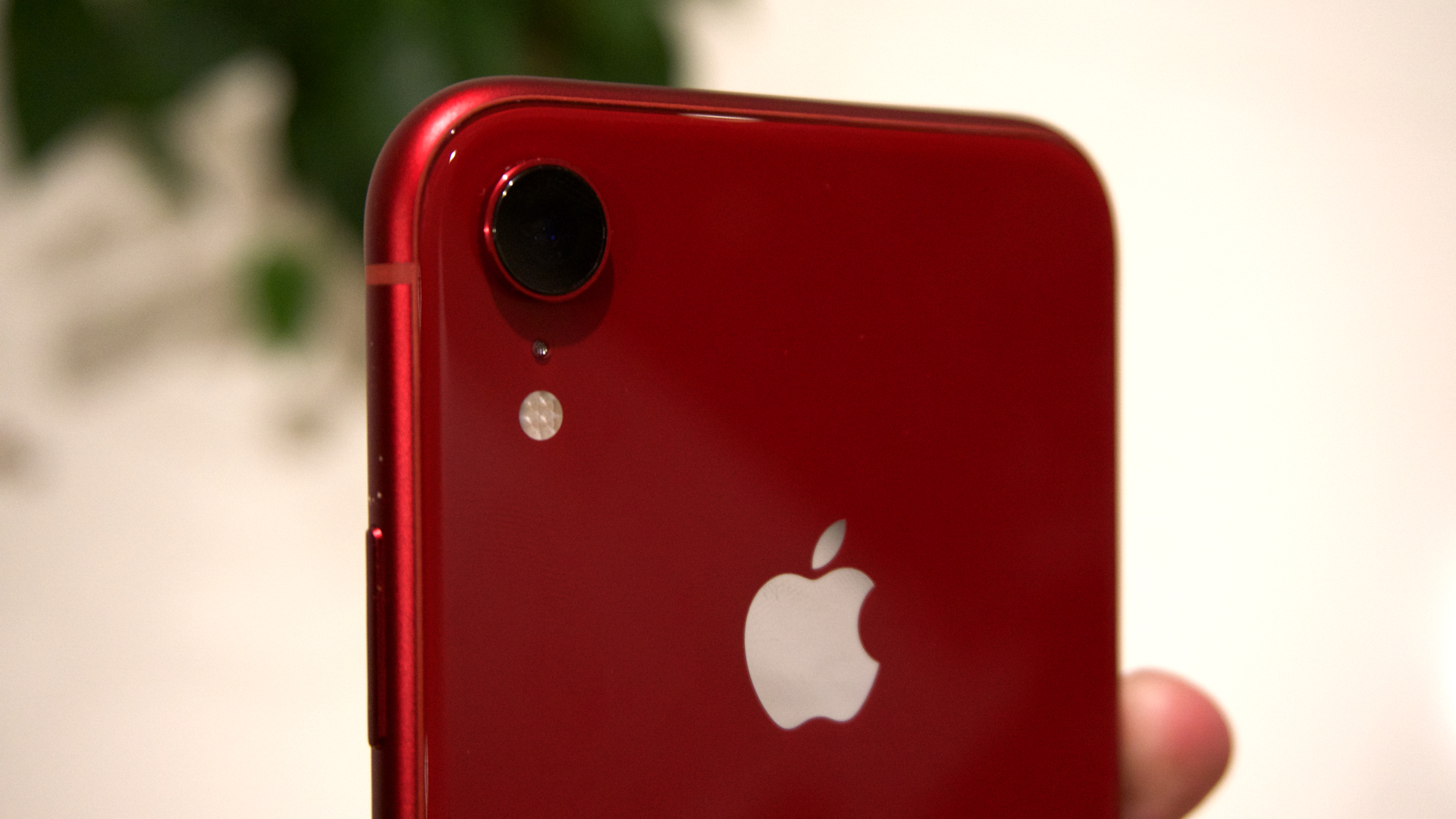 Older iPhones at risk of being left behind when iOS 19 arrives – is your device one of them?
Older iPhones at risk of being left behind when iOS 19 arrives – is your device one of them?Apple will reportedly drop three iPhone models when it comes to the iOS 19 update
By Carrie Marshall
-
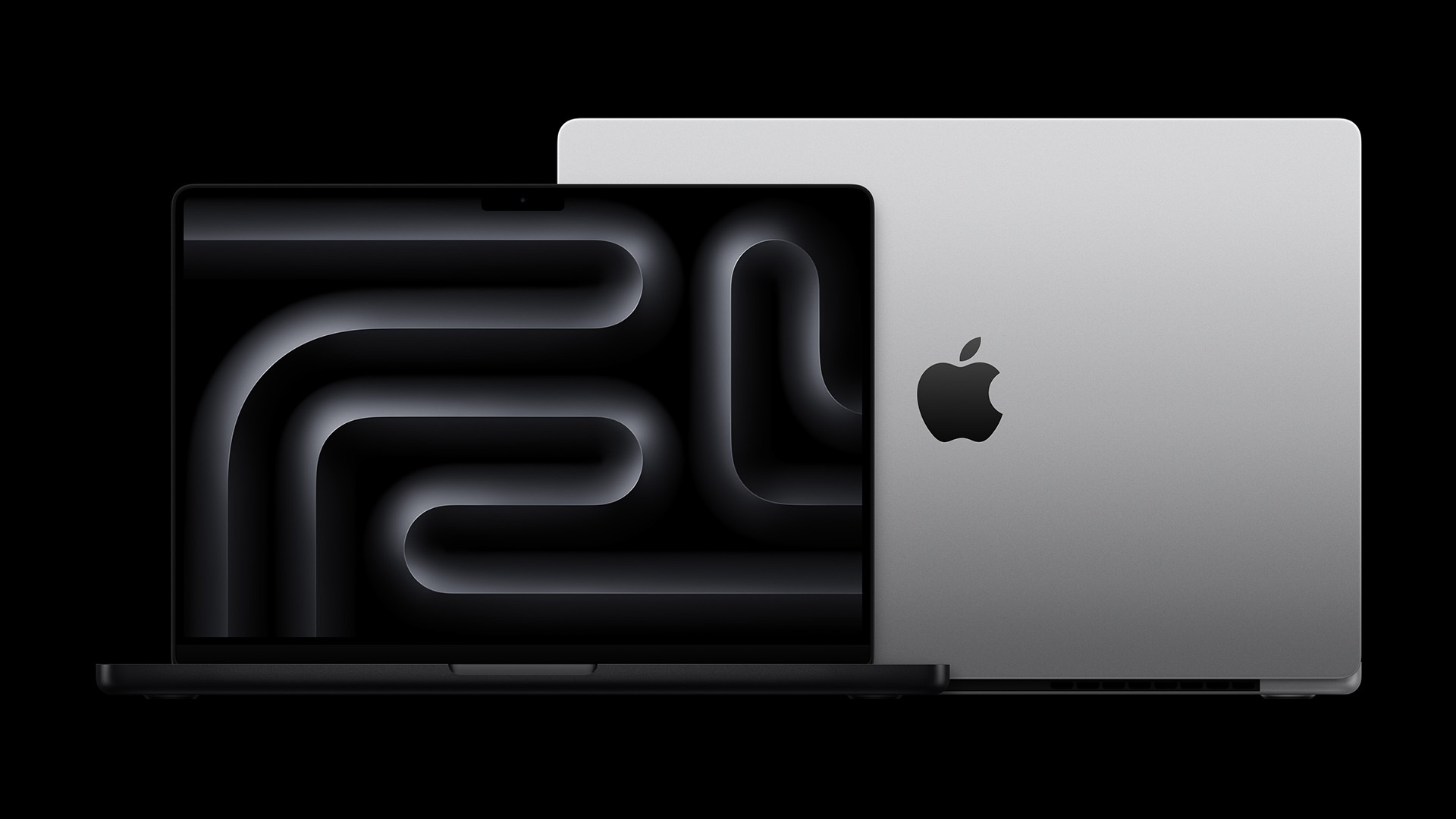 Your next MacBook Pro could be a game-changer for three good reasons
Your next MacBook Pro could be a game-changer for three good reasonsApple will reportedly upgrade next year's MacBook Pro in three major ways
By Rik Henderson

